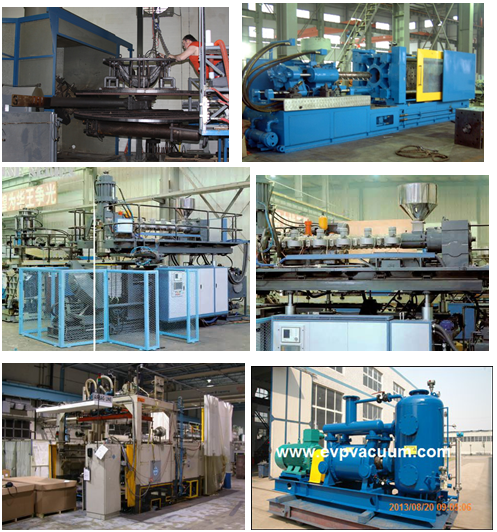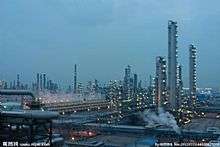PLASTIC RESINS AND COMPOUNDS PRODUCTION
The automation of plastics processes such as plastics extrusion, compounding and resin manufacturing can be accomplished with pneumatic conveying, feeders and related bulk material handling equipment.
Vacuum pumps for the plastics Industry are used to pull the pressure off the reactors. This allows the plastic to expand in the vessel. The majority of what is being pulled off is water with some plasticizer. Some products require good vacuum to reach quality requirements. Our liquid ring vacuum pumps have been used successfully in plastic resins and compounds production application for many years. Our two-stage design achieves deeper vacuum and there are options available for partial once-through recovery for this application. Typical vacuum requirement is 24 to 28” Hg.
5 Ways to Make Things from Plastic
Rotational Molding – is a molding process for creating many kinds of mostly hollow items, typically of plastic.The process heats finely ground plastic resin in molds that are spun on two axes while being baked in large ovens.
Injection Molding – is a manufacturing process for producing parts from both thermoplastic and thermosetting plastic materials.Molten plastic is injected at high pressure into a mold, which is the inverse of the desired shape.
Blow Molding – is a manufacturing process by which hollow plastic parts are formed. In general, there are three main types of blow molding: extrusion blow molding, injection blow molding, and stretch blow molding.
Extrusion Molding – is a manufacturing process by extruding melted plastic through a die that provides the correct profile shape.Manufacturing companies employ extrusion molding to make products with a consistent cross-section. Common items found in a home made by this process include PVC pipe, rain gutters and even straws. Extrusion molding has a low cost relative to other molding processes.
Thermoforming – is a manufacturing process of heating and molding temperature-sensitive material.t uses sheets of a polymer called thermoplastic, which is extruded in varying levels of thickness, depending on its intended purpose. Thermoforming uses several different types of molds and processes in order to achieve the final product.

(The article comes from the Internet. If reprinting is not allowed, please contact our company to delete it.)




